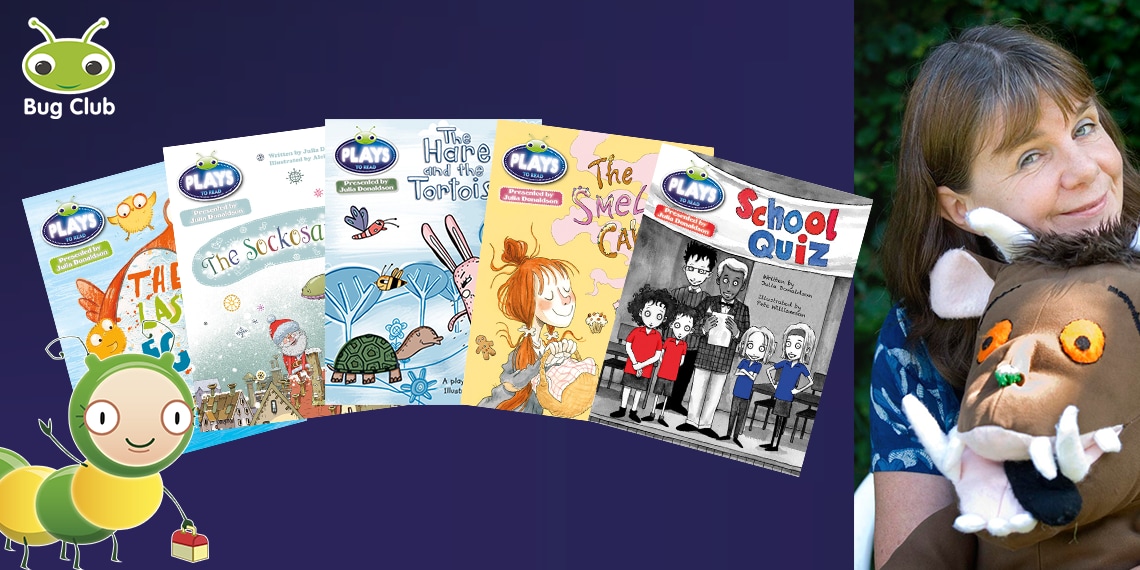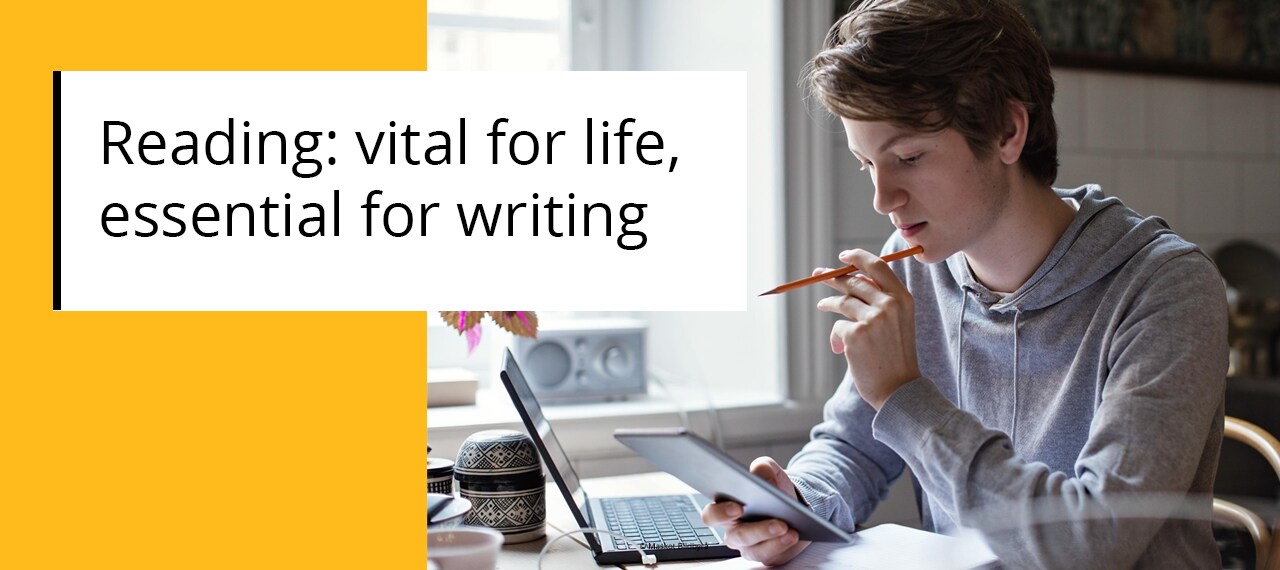Classroom cliff hangers and library legends
Once upon a time, when chickens still had teeth, and horses still had feathers...
Have I got your attention? Stories do that, too, and this post is about storytelling and reading aloud. Stories grab and enthral, they stimulate thinking, they play with language, they celebrate listening – and they’re a high-octane way to motivate children, and model reading for pleasure.
All your pupils need the experience of stories (whether told from memory, read aloud, or on audio books), especially if they’re struggling with reading. They need to be reminded of the delights to come when they become more fluent.
By itself, reading is potentially a quiet and isolating activity. Reading groups, author events and online book chats are challenging this, but speaking aloud challenges the stereotype even more, bringing a buzz to books in class, and making it ‘loud in the library!’




